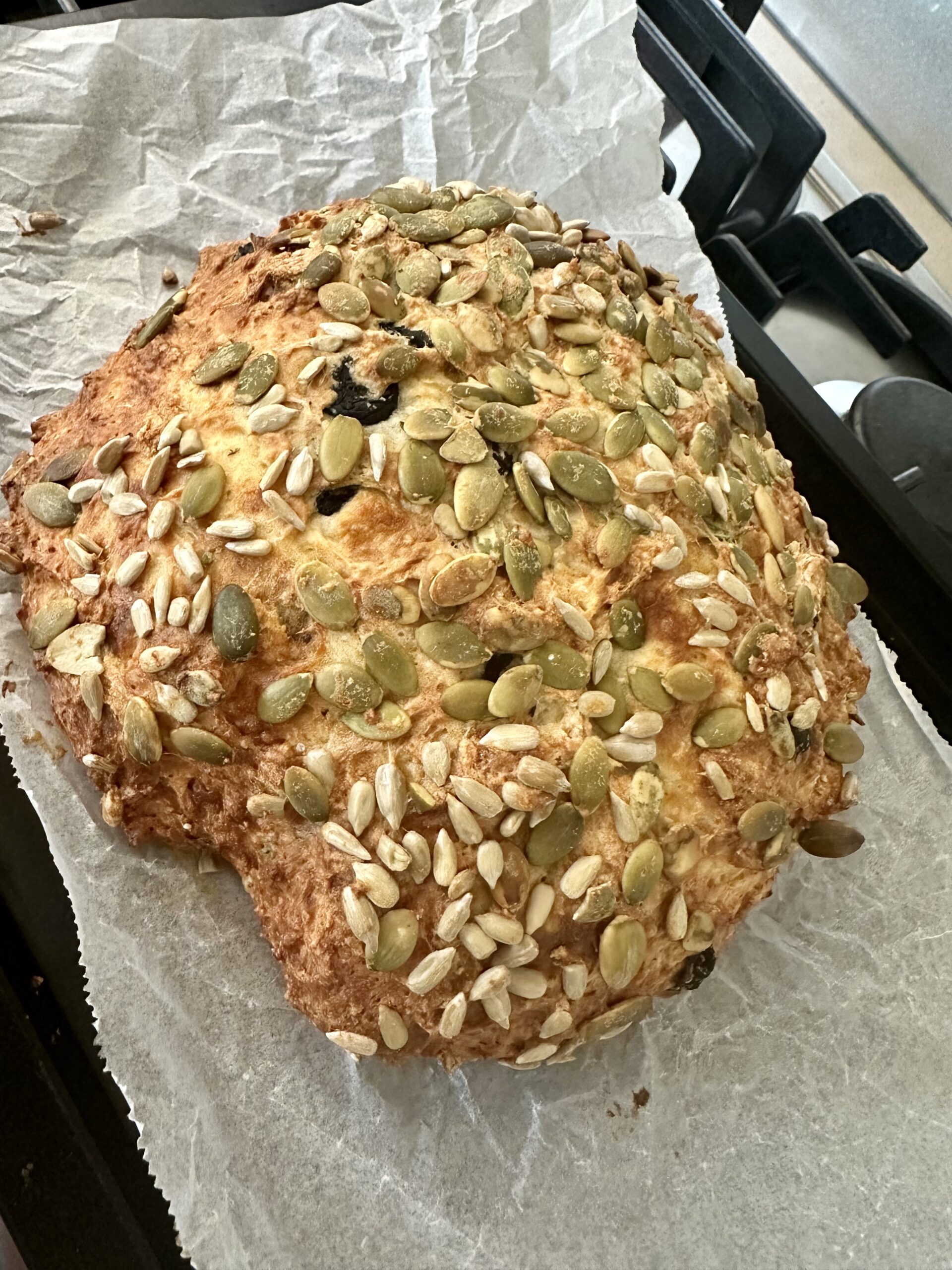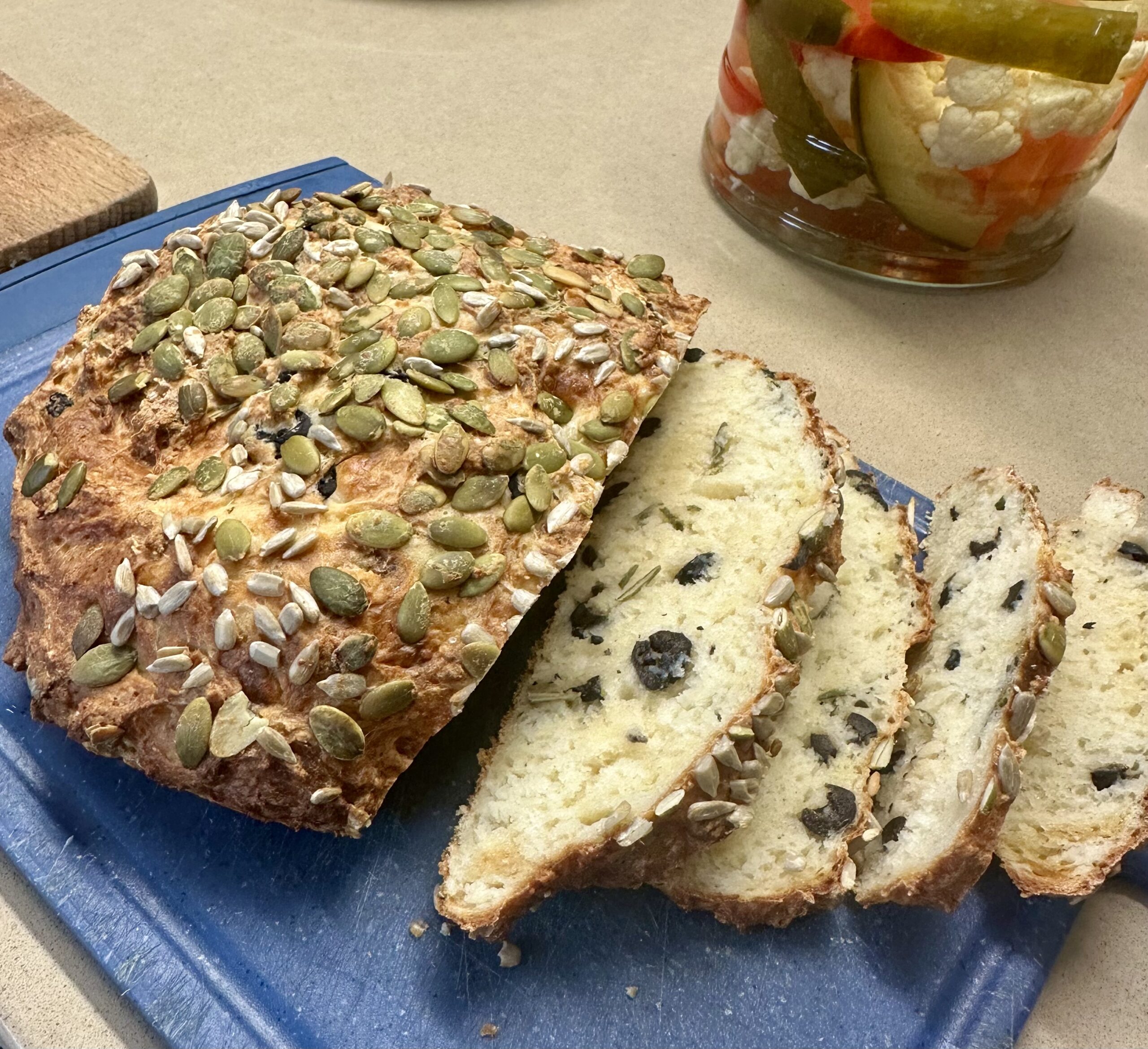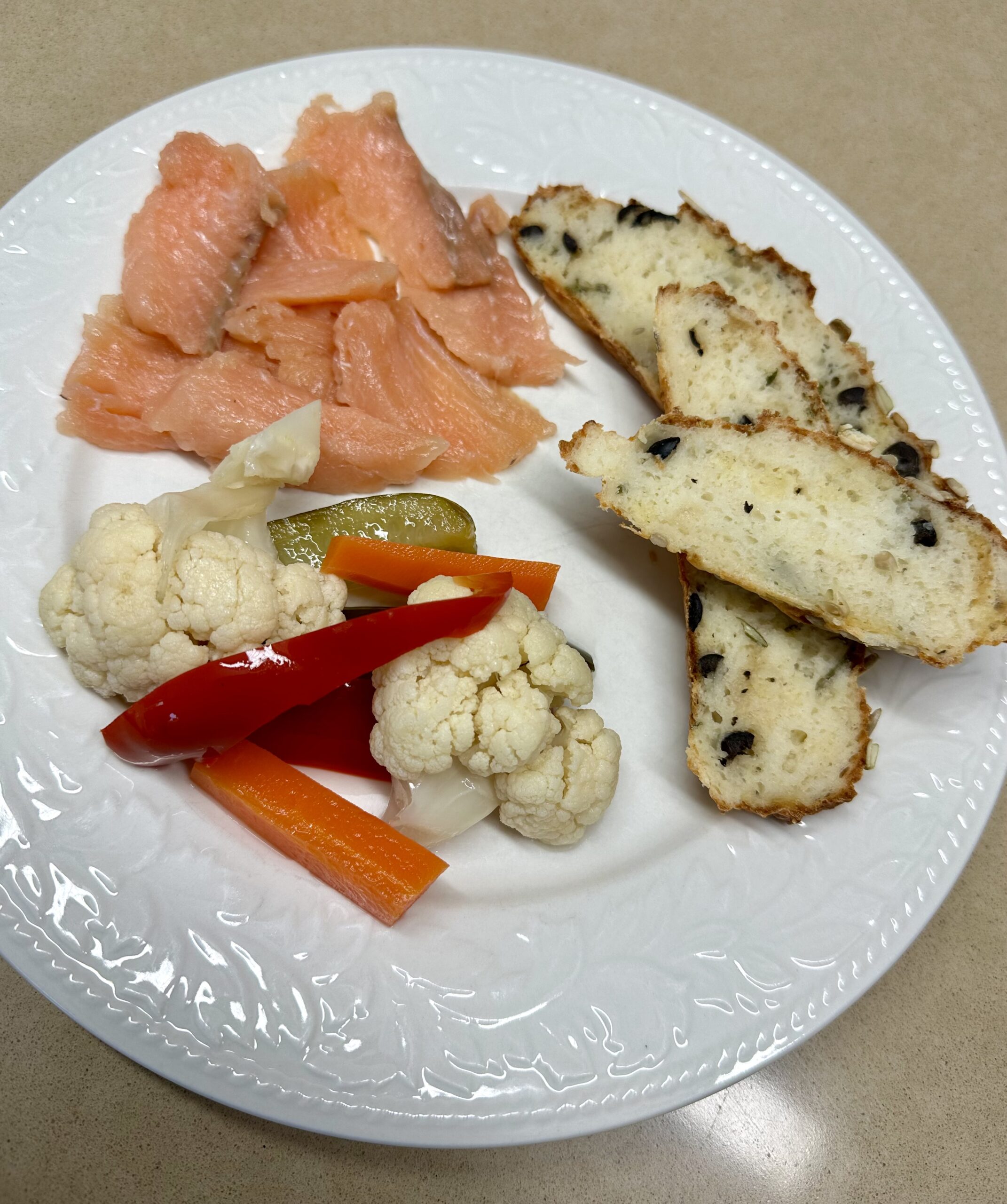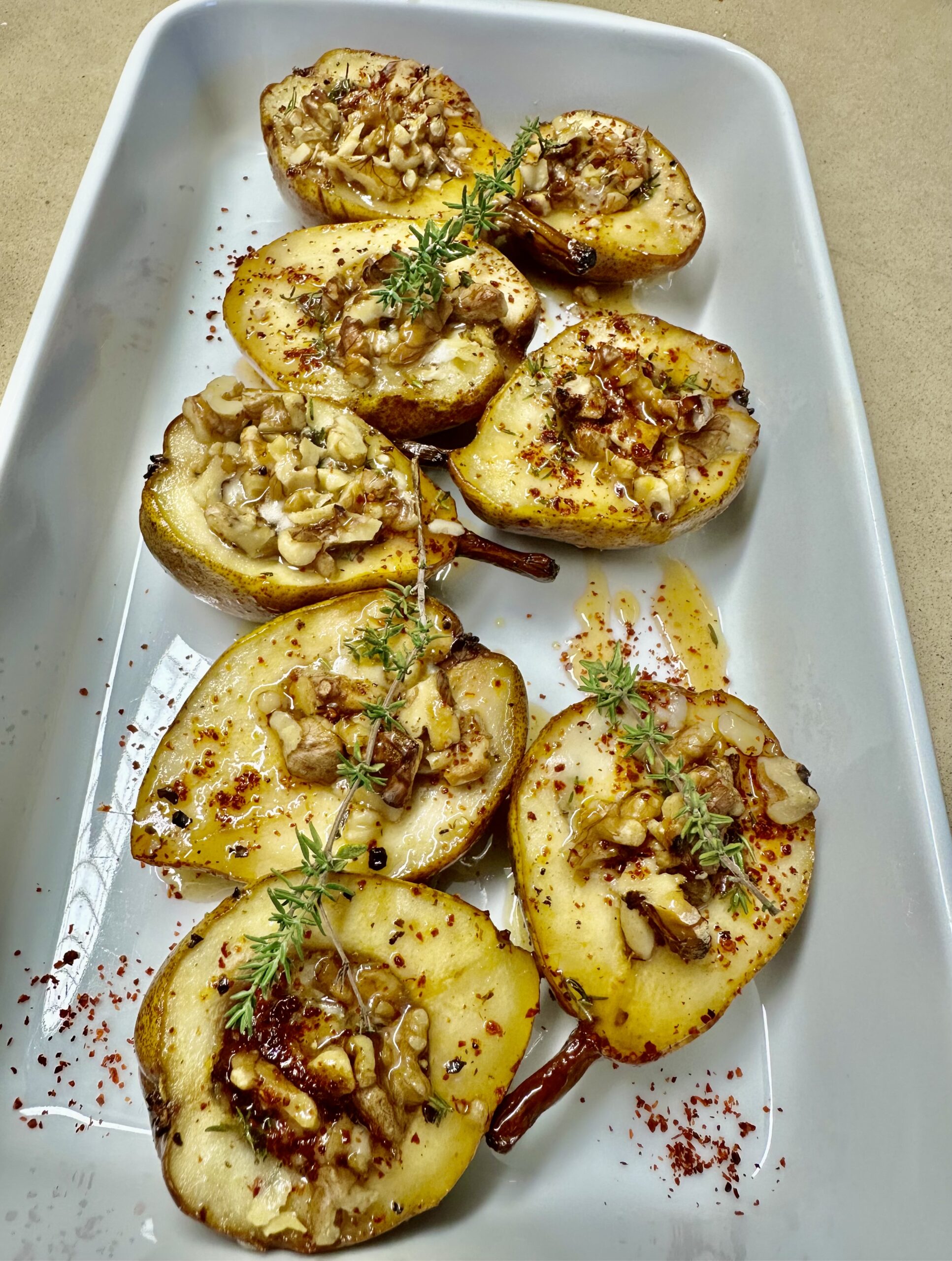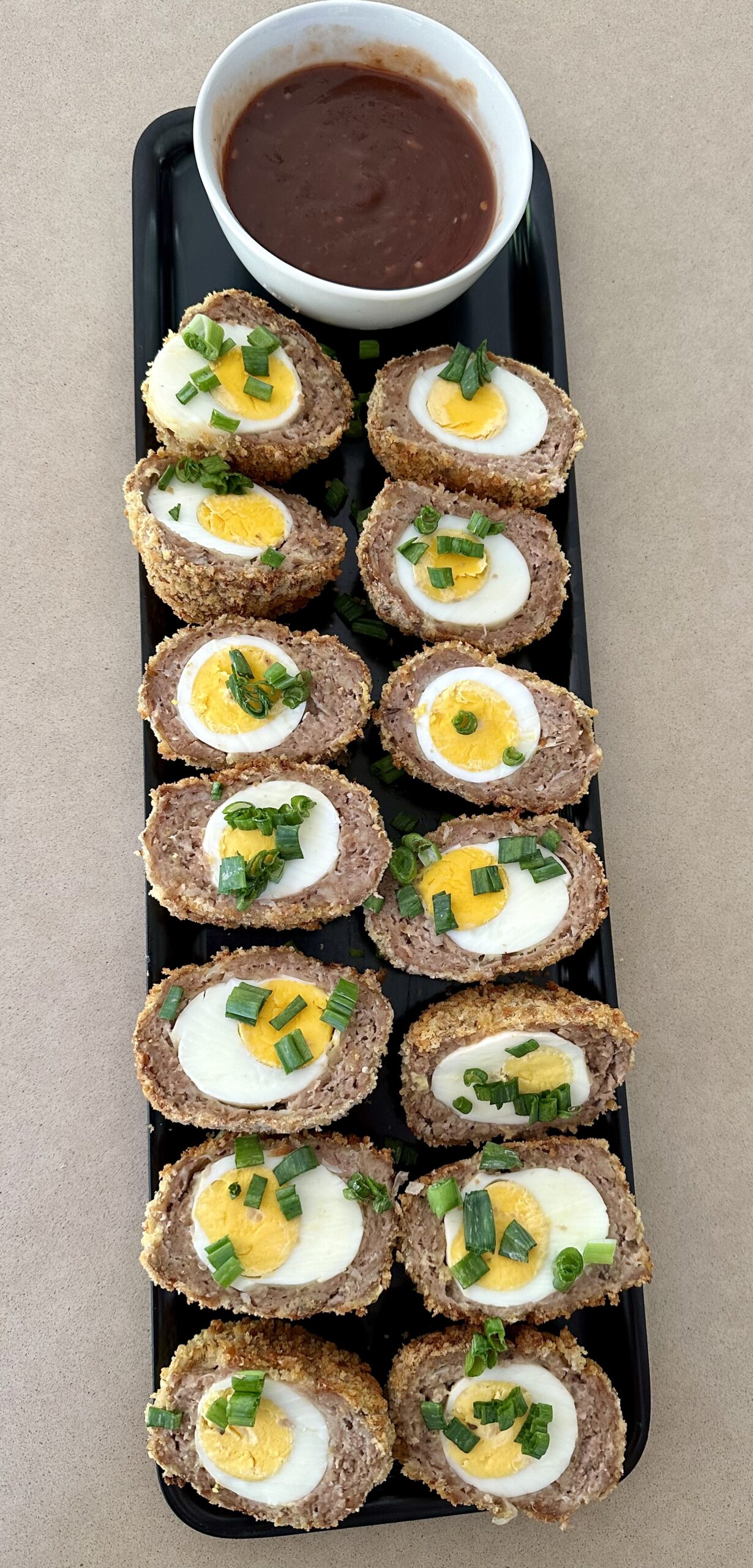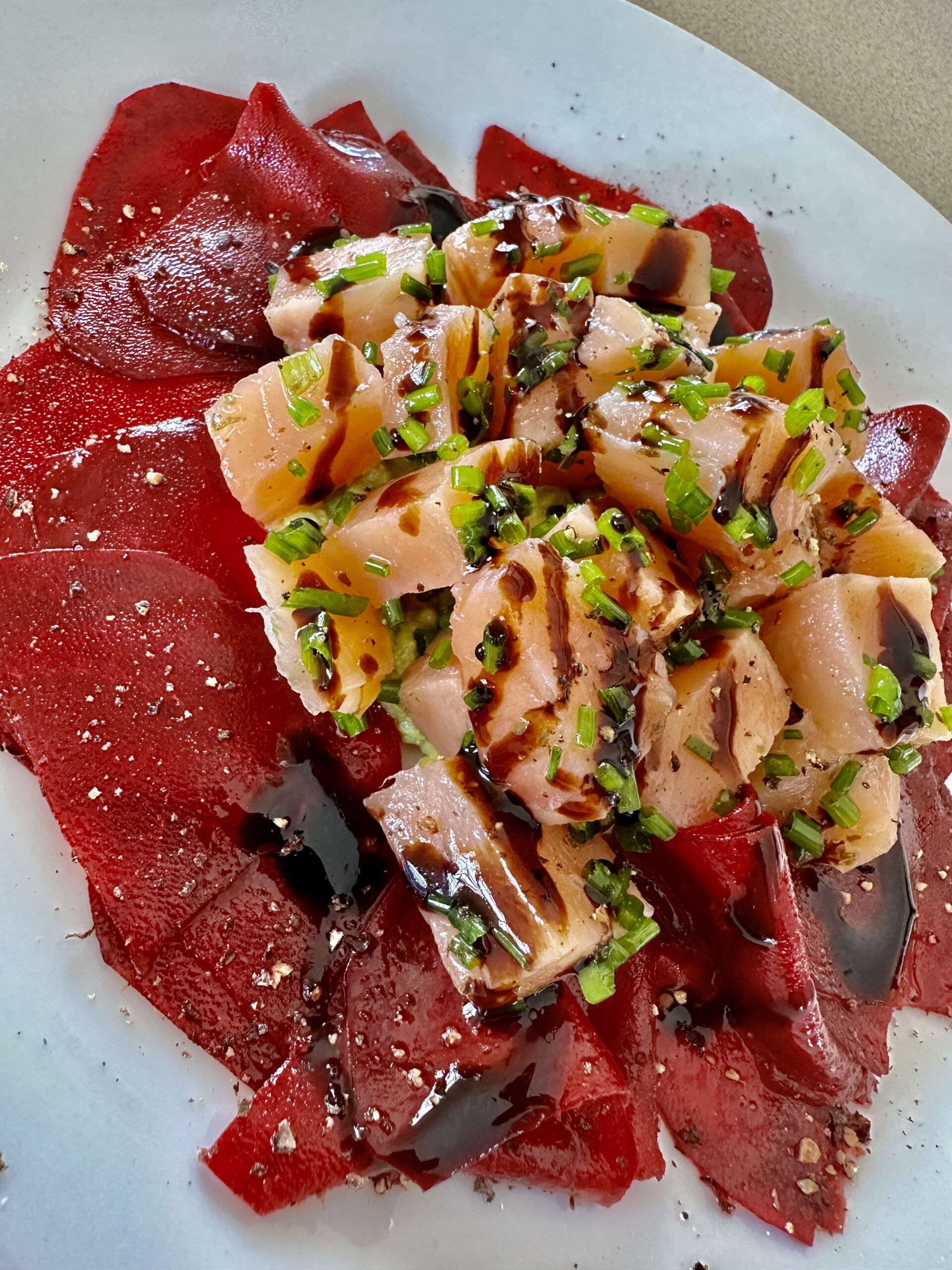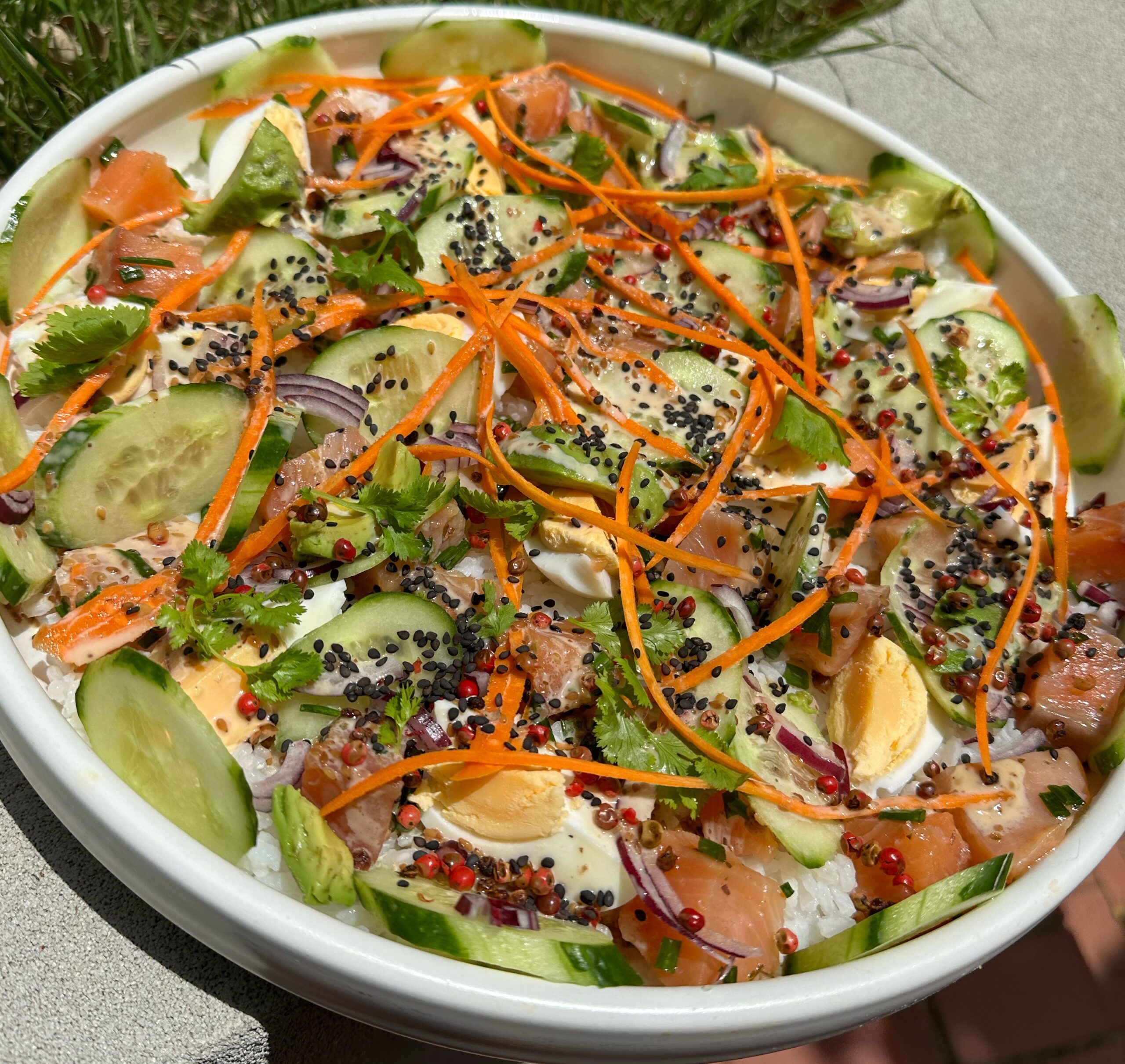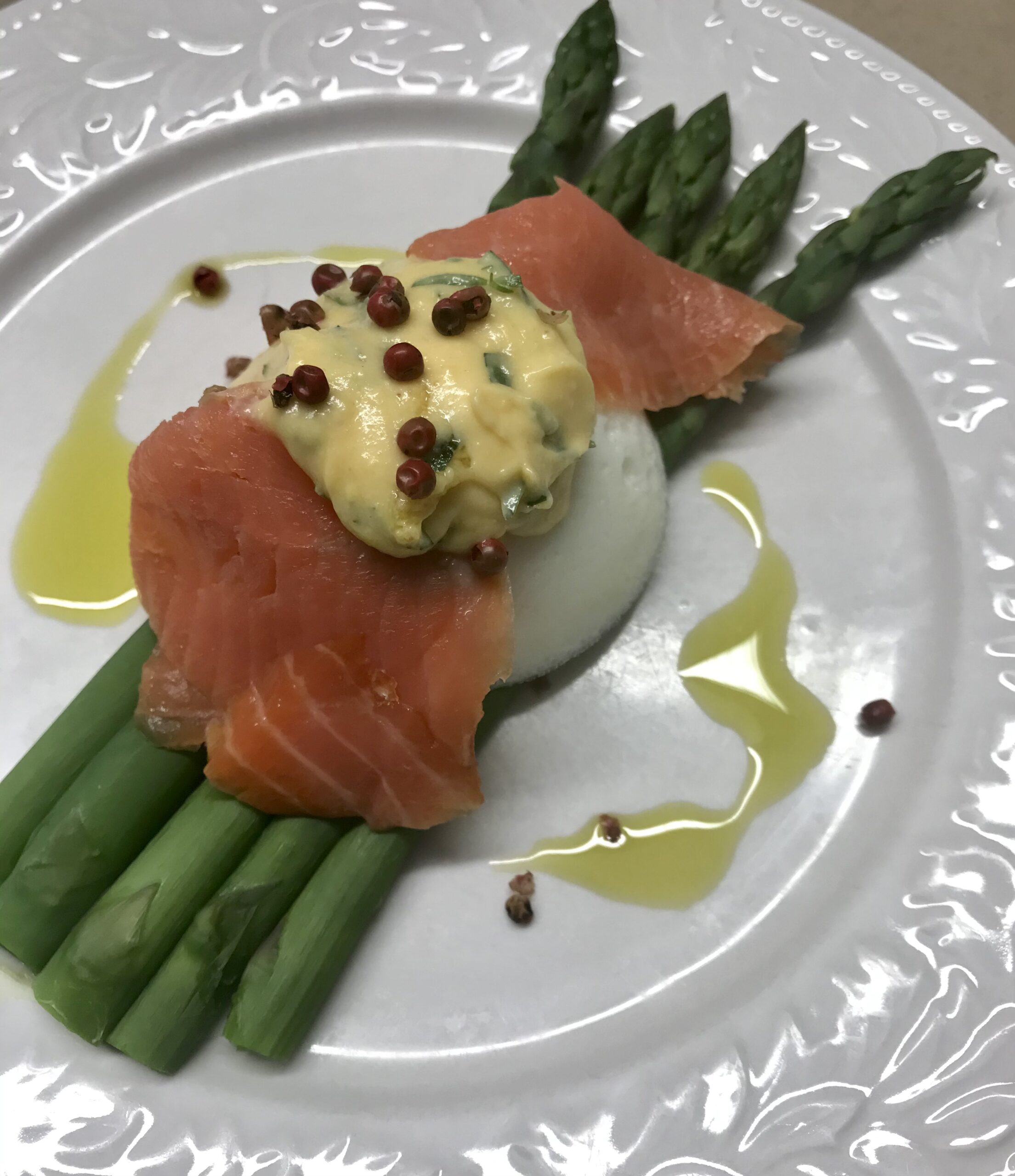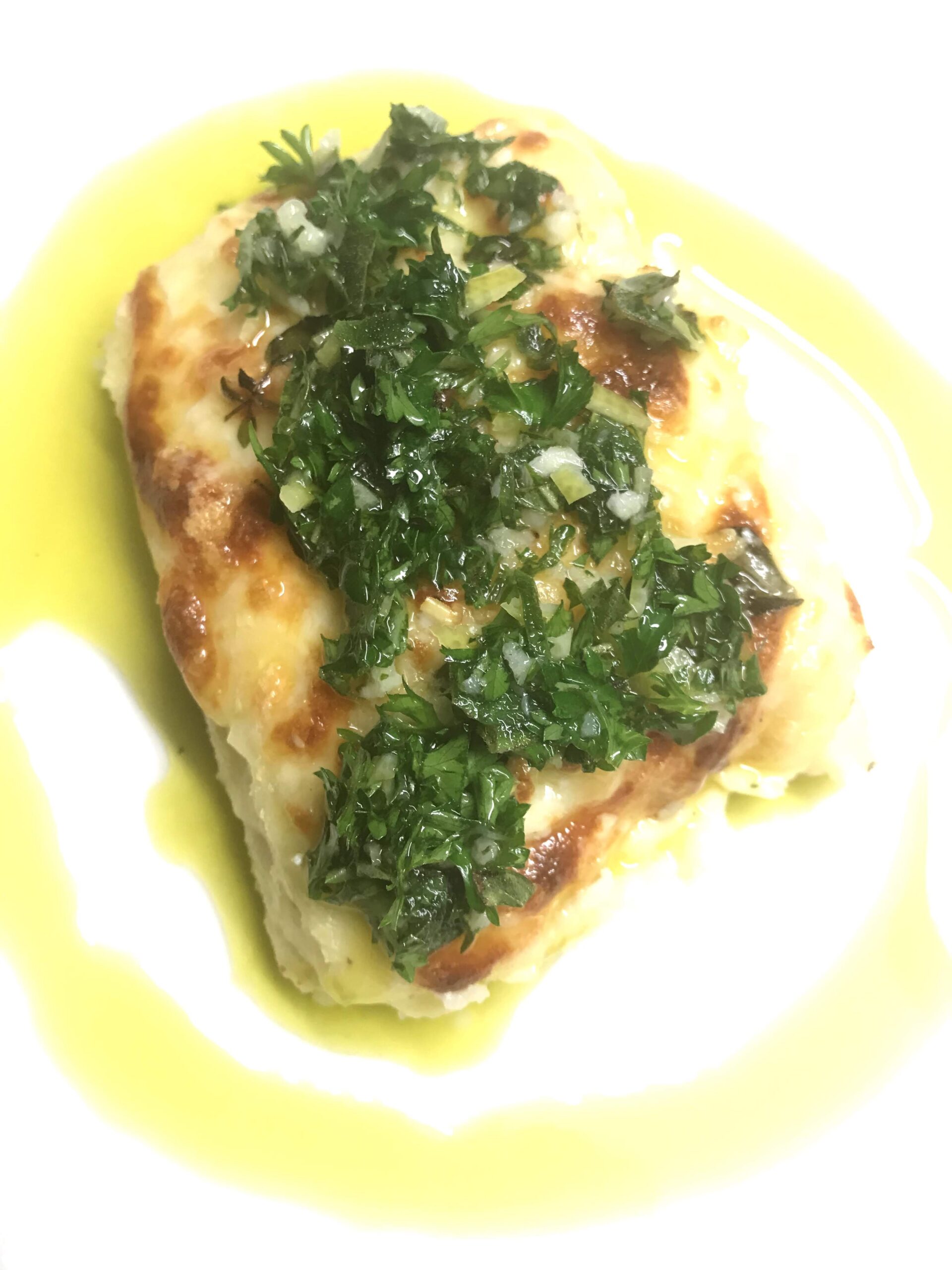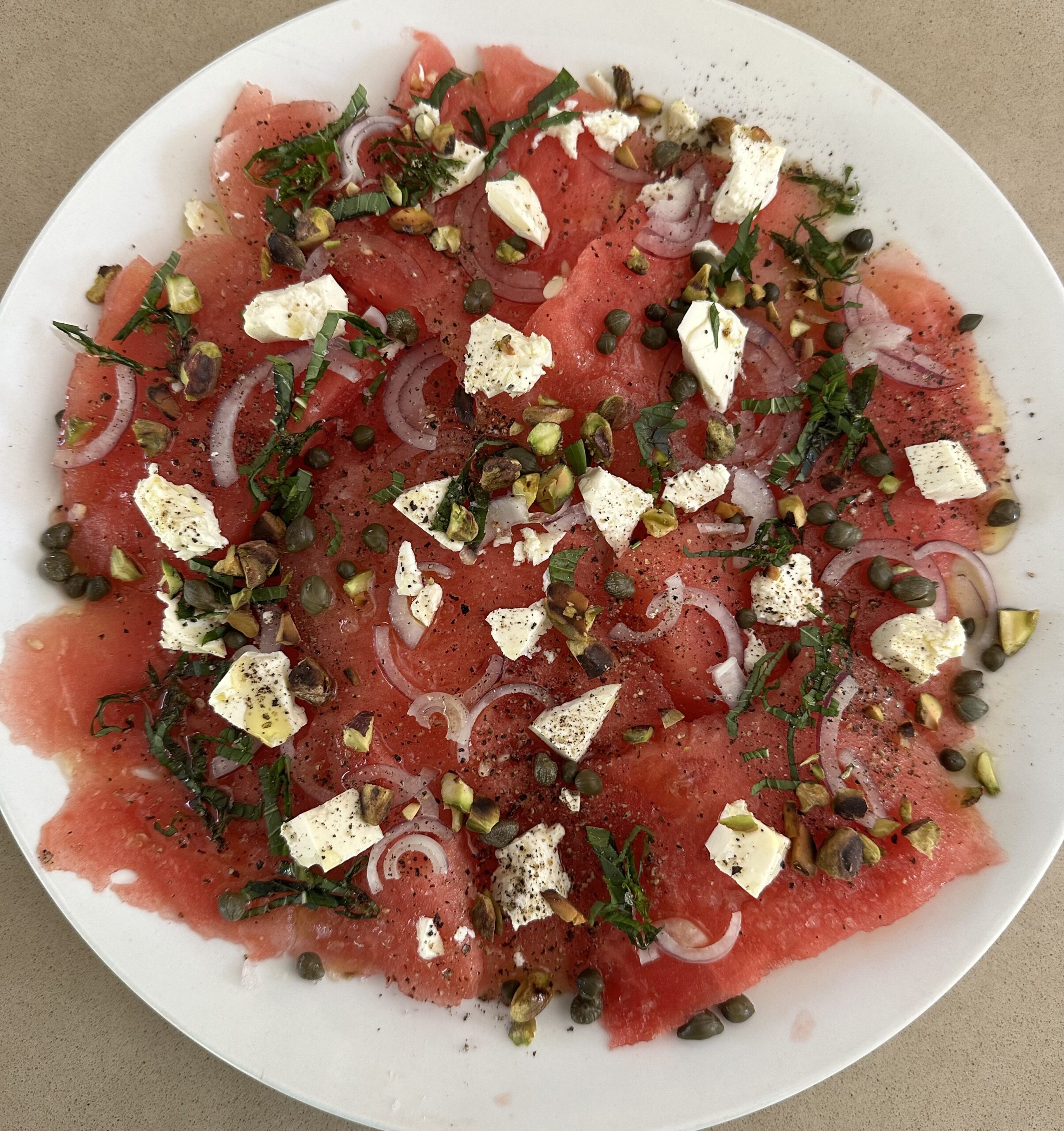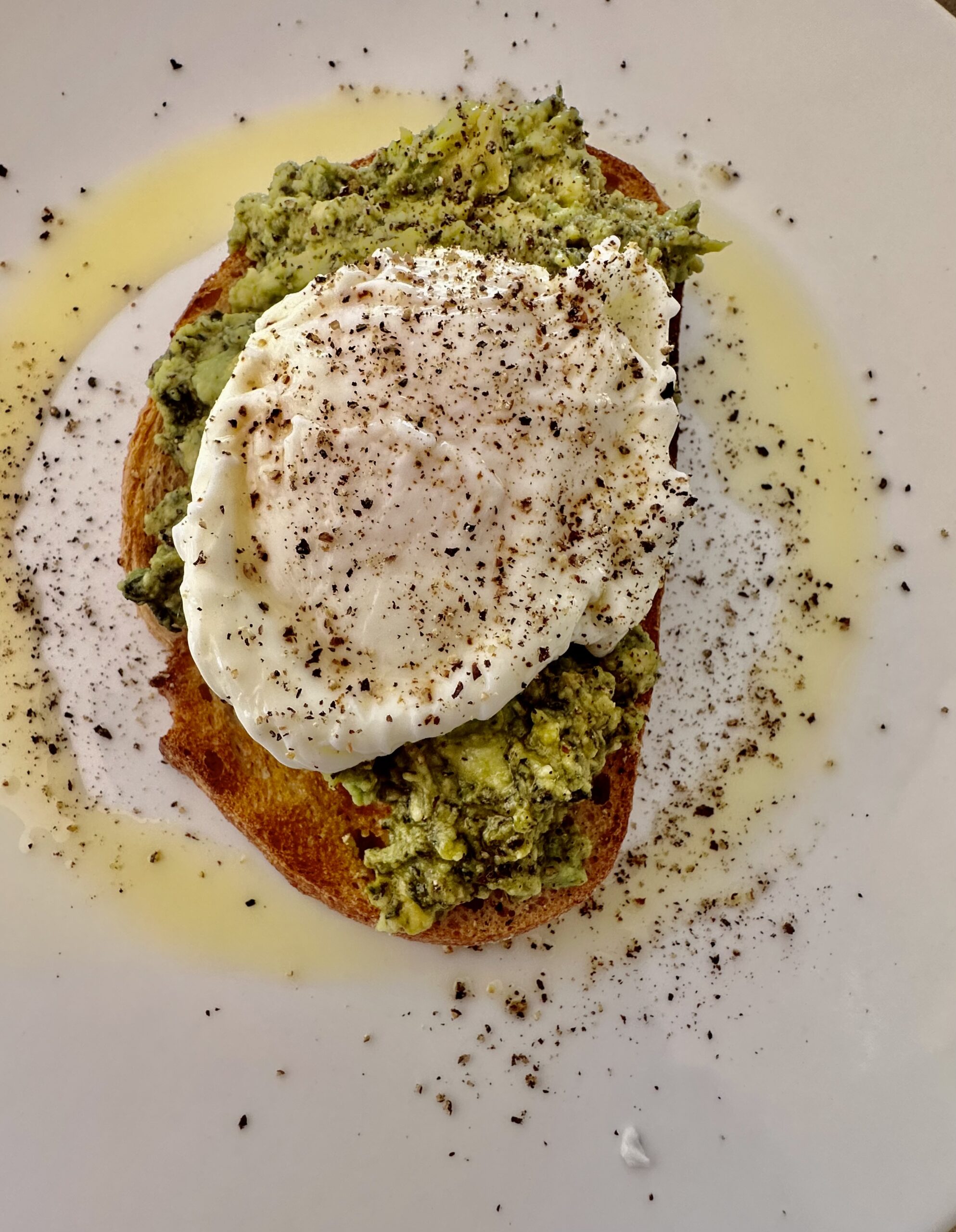This recipe makes a breakfast, light lunch or dinner fit for a king.
If you live somewhere you can buy lobster or crayfish for a reasonable price then use that. If not, prawns work well in this recipe. Instead of seafood try using ham or some steamed chopped spinach.
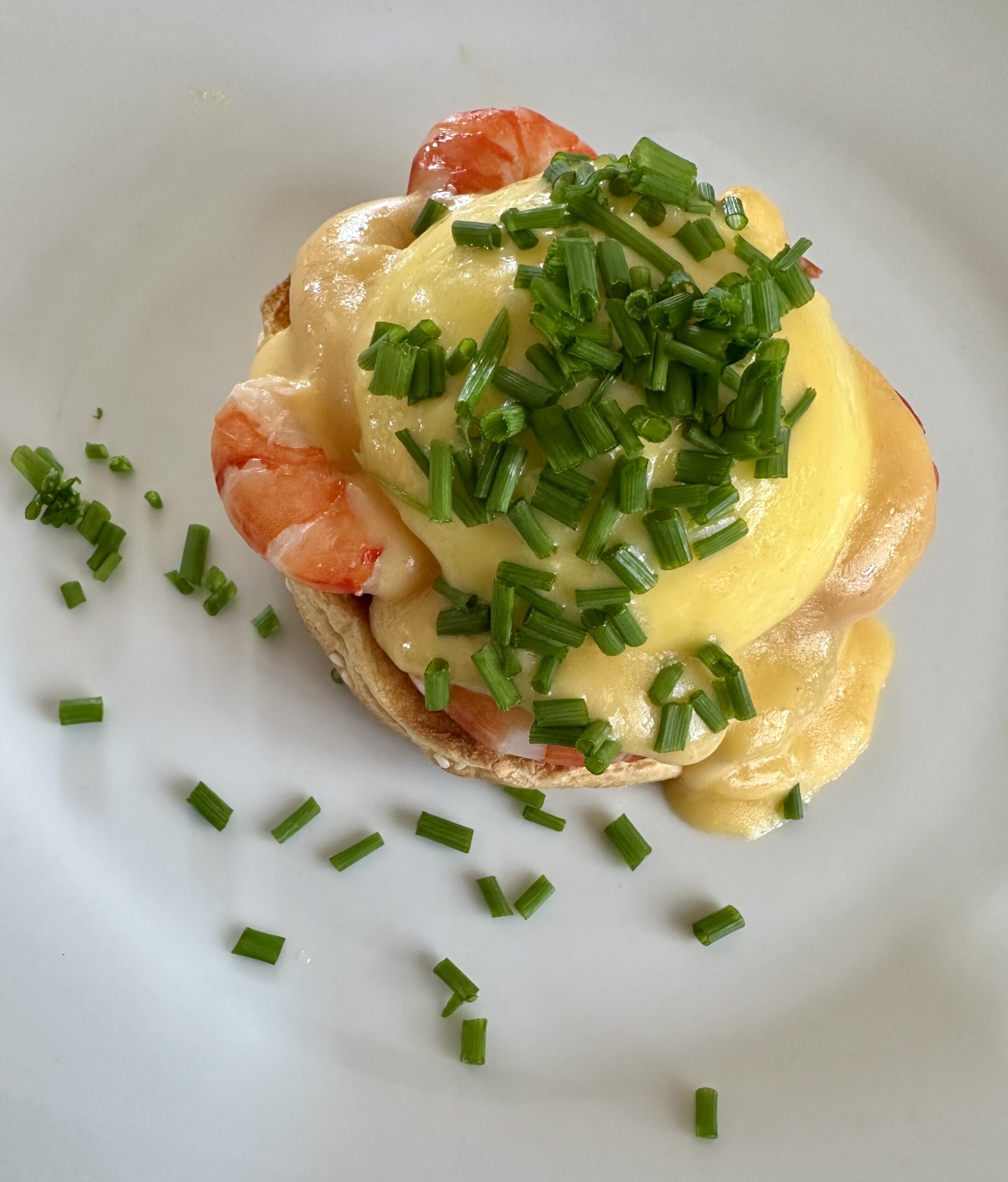
1 brioche bun, split in two or 2 thick slices brioche loaf
150g shelled lobster or prawn meat, roughly chopped
2 large eggs, poached
Snipped chives
Quick Hollandaise sauce:
60g butter
2 egg yolks
Lemon juice to taste (3-4 tsp)
Salt to taste
Pinch of cayenne pepper
While the brioche buns or slices are toasting and the eggs are poaching, make the sauce. Melt butter in a bowl or jug in the microwave. With a hand whisk, mix in the egg yolks, lemon juice, salt and cayenne. Zap in the microwave for 12-15 seconds, then whisk again vigorously. If it’s a bit too thick, whisk in a tablespoon of hot water. Don’t overcook it as you will end up with scrambled egg!
Place the toasted brioche on two warm serving plates. Spread some hollandaise sauce on each, then top with the lobster or prawn meat, divided in two. Arrange a poached egg on each serving, then spoon over more hollandaise and garnish with chives. If liked, arrange the other half of the toasted bun on the side of the plate.
Serve immediately.
Serves 2

